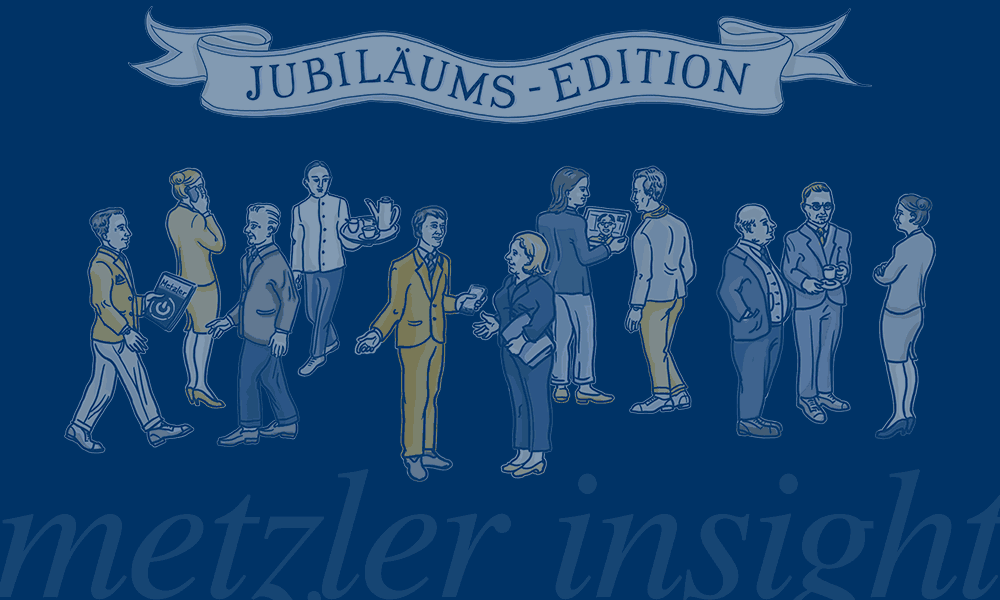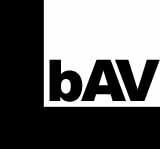EIOPA lässt qualitativ wie quantitativ weiter keinerlei Ermattungserscheinungen erkennen. Kurz vor Start des bAV-Stresstests erneut ein Überblick.
Die europäische Aufsichtsbehörde legt verstärkt seit dem Herbst 2014 eine Aktivität an den Tag, die ein redaktionelles Aus- und Bewerten derselben in der Gesamtheit praktisch unmöglich macht. Hinzu tritt, dass viele der Maßnahmen die bAV so gut wie nicht oder nur partiell betreffen.
Während die für die bAV direkt relevanten Aktivitäten der EIOPA mehrheitlich weiterhin en Detail auf LbAV behandelt werden, wird der übrige Output der Behörde auf LbAV nur aufzählungsweise dokumentiert. Zu diesem Zweck wird der Ende 2014 erstmals erschienene Beitrag „Trommelfeuer aus Frankfurt“ (11 Einträge), zum zweiten Mal im März erschienen (20 Einträge), zu einer unregelmäßigen Rubrik erhoben, die heute zum dritten Mal erscheint – mit nicht weniger als 16 Einträgen, die LbAV bei der EIOPA seit dem 11. März registriert hat. Im Einzelnen:
Das Wort „Pensions“ taucht im Redemanuskript nicht auf.
14. April: EIOPA publishes Opinion providing practical recommendations on internal models.
7. April: EIOPA reprioritises its 2015 Work Programme to align it with the budget.
27. März: EIOPA publishes the discussion paper on infrastructure investments by insurers.
27. März: EIOPA consults on the Implementing Technical Standards on information exchange between supervisors.
20. März: EIOPA reports on progress in the pre-application process for internal models.
20. März: EIOPA prepares discussion paper on infrastructure investments by insurers.
20. März: EIOPA Risk Dashboard March 2015 – Q4 2014 data.
Zitate aus dem Redemanuskript:
„… we notice that pensions are different from other areas, mostly because of
their ‘embeddedness’ in national social and labour law. Differences should be
acknowledged.“
„There is a need to make pension scheme members much more aware of what they are entitled by their pension scheme and the way the scheme deals with financial shocks or increases in life expectancy. At the end it is about knowing who bears the risk? Is it about the sponsor paying ever more contributions or is there a balanced approach where members should expect cuts in benefits in some situations?
This transparency makes members more aware of their pension rights, creates more realistic expectations and allow members to better plan their own future situation.“
„In this context, the EU should build a robust and proportionate regulatory framework, which delivers on three fundamental objectives: strong governance, full transparency and most of all enhanced sustainability.
[…]
EIOPA recommends an upgrade in the governance of pension funds, reinforcing the importance of proper risk management and control functions, while applying due proportionality to avoid undue burden and costs to smaller schemes.
On transparency we recommend the development of an information document that should provide standardised, comparable information on contributions, costs and charges, investment options and expected benefits. We cannot hide anymore behind 'jargon' and difficulties of providing information.“
„It is important that all costs and charges are disclosed to the parties bearing them. When this is the case those parties are able to assess if they get good value for their money. And disclosure of costs and charges better enables all parties to put pressure on costs. EIOPA will definitely take further steps to address this issue.“
„We have to make sure that any pension scheme disposes of sufficient assets to fulfil its liabilities within a realistic valuation scenario. Recently we consulted on our further technical work on solvency of pension funds. The next step will be an EIOPA quantitative assessment, which will run from May to July. Subsequently, EIOPA will provide technical advice to the European Commission on EU solvency considerations for pension funds in the first quarter of 2016. We will do so on our own initiative, because the solvency issue is too important to ignore.“
„There are indeed various ways to shape a market-consistent and risk-based supervisory framework. The holistic balance sheet can be used to set capital requirements at EU level, but also to establish minimum funding requirements and as a risk management tool to assess the sustainability of pension funds. I would like to emphasise that using the holistic balance sheet as a risk management tool should have a follow-up.
„First of all, the outcomes of assessments should be disclosed to sponsors, members and beneficiaries to raise awareness about the financial situation of the pension fund and, where necessary, stimulate reforms. Secondly, if it was concluded that the pension fund is providing unsustainable pension promises, national supervisory authorities should be empowered to take action to protect members and beneficiaries and ensure overall fairness. A common prudential regime should have built-in flexibility to deal with a wide range of occupational pension schemes in Member States. This may bring comfort to the German pension industry. It is also essential for me that the holistic balance sheet can be implemented in a proportionate way, and of course without imposing disproportionate costs on pension funds. Another comfort to you.
Pension funds with strong sponsors, and there are many of them in Germany, may establish the value of sponsor support as a ‘balancing item’. In addition, it provides the right incentives by requiring pension funds with weak sponsors to do more detailed assessments.
A common prudential regime with built-in flexibility to deal with a wide range of occupational pension schemes can also contribute to the establishment of pan-European pension funds. An important reason for the current low level of cross-border activity is that national prudential regimes are often tailored to the domestic situation and unable to cope with pension arrangements in other EU countries. I think this would be an incentive for many German companies with their international scope.
We are developing a stress test that is appropriate and suitable for pension funds. An important part of the preparatory work was to gain insight in the role of pensions funds in financial stability. To analyse transmission channels of funds to financial markets, EIOPA collected data covering a sample of defined benefit, hybrid and defined contribution schemes in member states with a significant occupational pensions sector. This exercise allowed us to assess pension funds investment behaviour during the past decade, including the financial crisis in 2008.
The stress test will assess the resilience and the behaviour of pension funds in adverse market developments, such as a prolonged low interest environment. It will also incorporate stresses in longevity as one of the major risks in pension funds' overall financial situation.
The pension stress test will cover funds that provide defined benefit and hybrid schemes as well as the ones that finance defined contribution plans. Pension funds that provide defined benefit or hybrid schemes need to calculate the impact of the stress scenarios on their national balance sheet as well as the holistic balance sheet. Pension funds providing defined contribution plans are asked to evaluate the effect of shocks on future retirement benefits of three representative plan members: one young plan member, one of middle age and one close to retirement.
EIOPA's aim is to achieve a coverage of 50% of the pension fund sector in member states. The validation of the stress test results will take place from end-August to end-September. The report on the pensions stress test will be published at the end of the year.
We will conduct the stress test in parallel with the quantitative assessment on the solvency side in order to avoid the duplication of calculations. This will limit to the extent possible the burden on pension funds and supervisory authorities.
We have also streamlined the quantitative assessment, further reducing the burden on participants. Pension funds will only have to calculate two baseline scenarios compared to 18 scenarios in the 2012 exercise. Moreover, the assessment contains additional simplifications, like the balancing item approach to value sponsor support which I mentioned earlier. What we haven't changed is that pension funds are requested to conduct the calculations on a best effort basis. I would like to take this opportunity to ask for the participation of the German pension sector on both these exercises.“
Zitat aus dem Redemanuskript:
„By ensuring convergence and coherence in the EU insurance and pension markets, by acting as a voice for the interests of consumers, and by driving smarter, outcome-focused and risk-based supervisory approaches for national competent authorities, I am confident in the value we already bring.“





